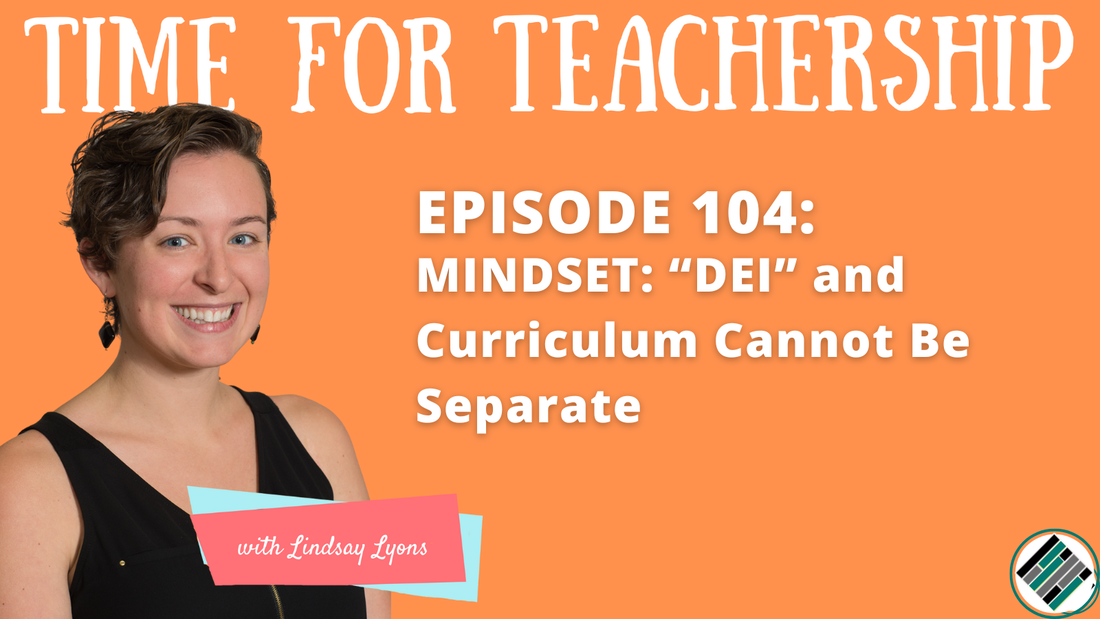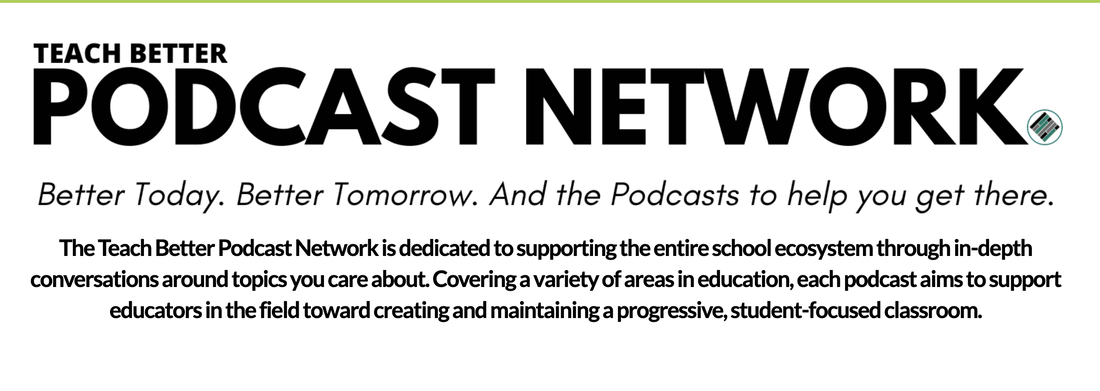
Listen to the episode by clicking the link to your preferred podcast platform below:
Diversity, Equity, and Inclusion is often siloed as something separate from the day-to-day curriculum and instruction that occurs in schools. This doesn’t work. Curriculum needs to be designed with justice and belonging at the core.
Why? DEI is too often siloed from curriculum and instruction. It must be embedded in our curriculum work to be sustainable and make lasting change. Too often I see educators using the “add diversity and stir” approach (to go off of Sandra Harding’s “add women and stir” critique from the 1990’s. Here are 3 ways to bridge the current gap between “DEI” work and curriculum design… Develop a pedagogy of student voice. Dugan and Safir talk about this in their amazing book, Street Data. They write, “Equity work is first and foremost pedagogical” (p. 4). They explain student agency is critical to healing from and transforming oppression, and they cite research that shows agency is one of the most significant factors in restoring well-being for marginalized groups (p. 104). I share an overview of their 6 “rules” in the episode, but I’ll highlight one key point here: learners should be engaged in conversation with their peers a minimum of 75% of each class time. This should be a district-wide “look for.” To help make this a reality, we can help each team define and refine the highest-leverage discussion-based protocols they use. Design Driving Questions and Projects That Advance Justice. Our unit questions (or driving questions) and summative assessments should have a purpose beyond the grade and an audience beyond the teacher. To make sure students are interested in the topic or project, co-create the projects with students. Invite students to creatively apply what they learn in class to actually advance justice in their communities. Curate Resources and Content that Affirms Students’ Identities. In doing this, make sure students’ multiple, intersecting identities, experiences, aspirations, and (hi)stories are reflected and affirmed. We want to avoid treating demographic categories as monolithic, and represent various intersections with depth—beyond a “single story” (Ngozi Adichie). We can also invite students and families to share resources or their own expertise as part of the curriculum. Note: this should be an invitation, not an expectation. We don’t want to put our work on our students or their families. Final Tips Curriculum Directors or Assistant Superintendents of Curriculum and Instruction, partner with your DEI counterparts (e.g., Assistant Superintendent of Diversity, Equity, and Inclusion). Share funding sources, and co-plan professional learning experiences. Don’t separate the DEI Task Force and Curriculum Committee meetings. Every committee should be a DEI committee. At the bare minimum, if it must be separate, each committee—including the Curriculum Committee—should have a member on the DEI committee. Remember: Sustainable, embedded approaches to what we do (i.e., curriculum and instruction) will go so much further in advancing educational equity than one-off initiatives. If you’re ready to audit your curriculum for justice, sign up for a complementary Curriculum Audit from me or choose to DIY it with my mini course. If you’re interested in the book, Street Data, you can get it here. And, if you’re looking for more details on the ideas in this blog post, listen to episode 104 the Time for Teachership podcast. If you’re unable to listen or you prefer to read the full episode, you can find the transcript here. Quotes:
Want to learn more about justice based curricula? Watch this video below:
0 Comments
Leave a Reply. |
Details
For transcripts of episodes (and the option to search for terms in transcripts), click here!
Time for Teachership is now a proud member of the...AuthorLindsay Lyons (she/her) is an educational justice coach who works with teachers and school leaders to inspire educational innovation for racial and gender justice, design curricula grounded in student voice, and build capacity for shared leadership. Lindsay taught in NYC public schools, holds a PhD in Leadership and Change, and is the founder of the educational blog and podcast, Time for Teachership. Archives
May 2024
Categories |

 RSS Feed
RSS Feed